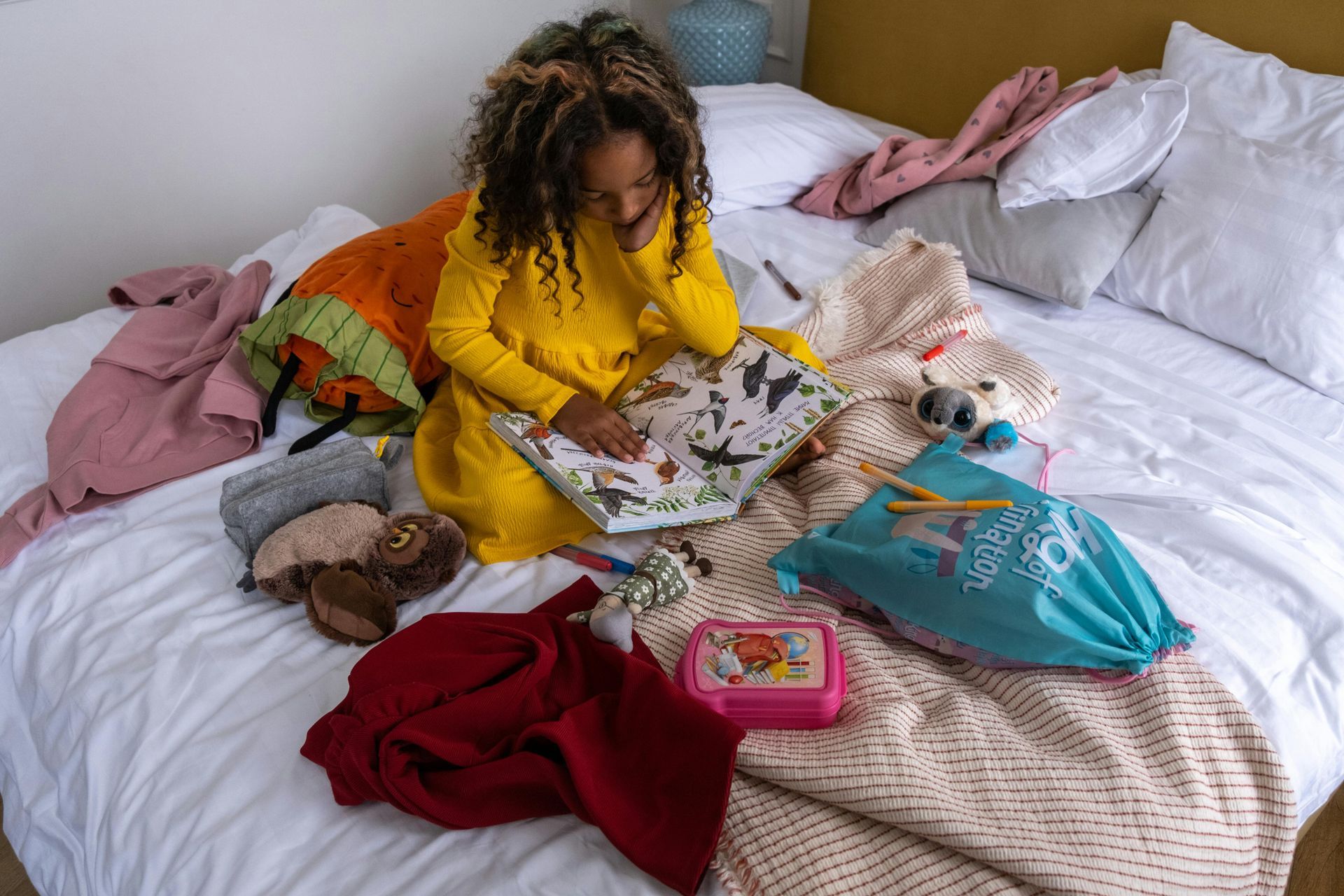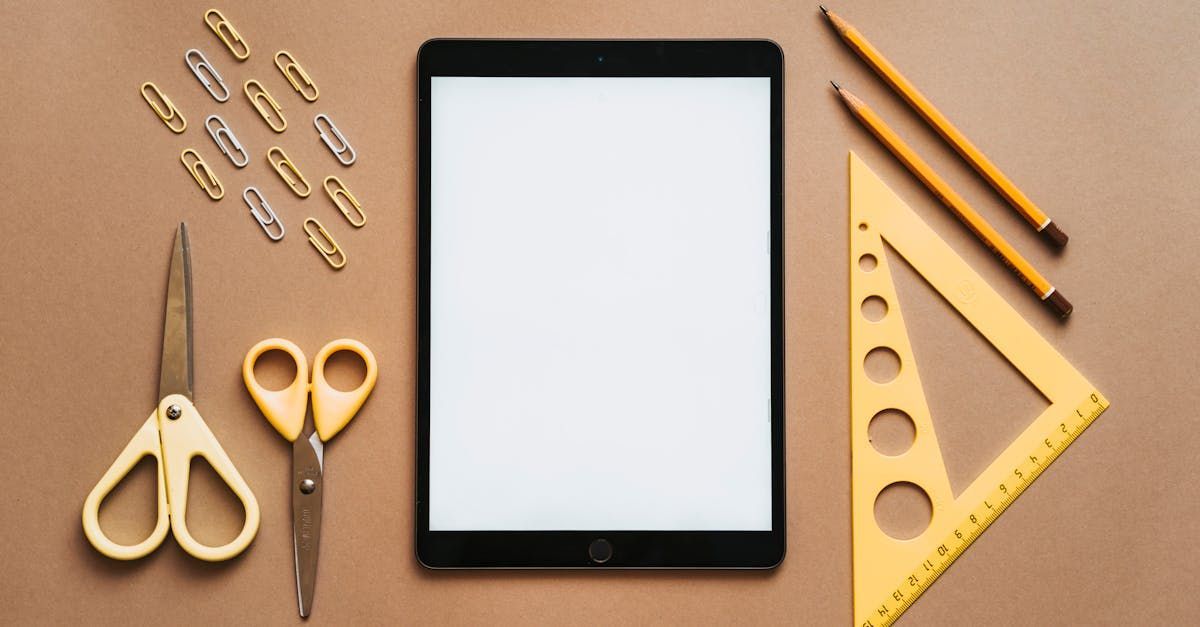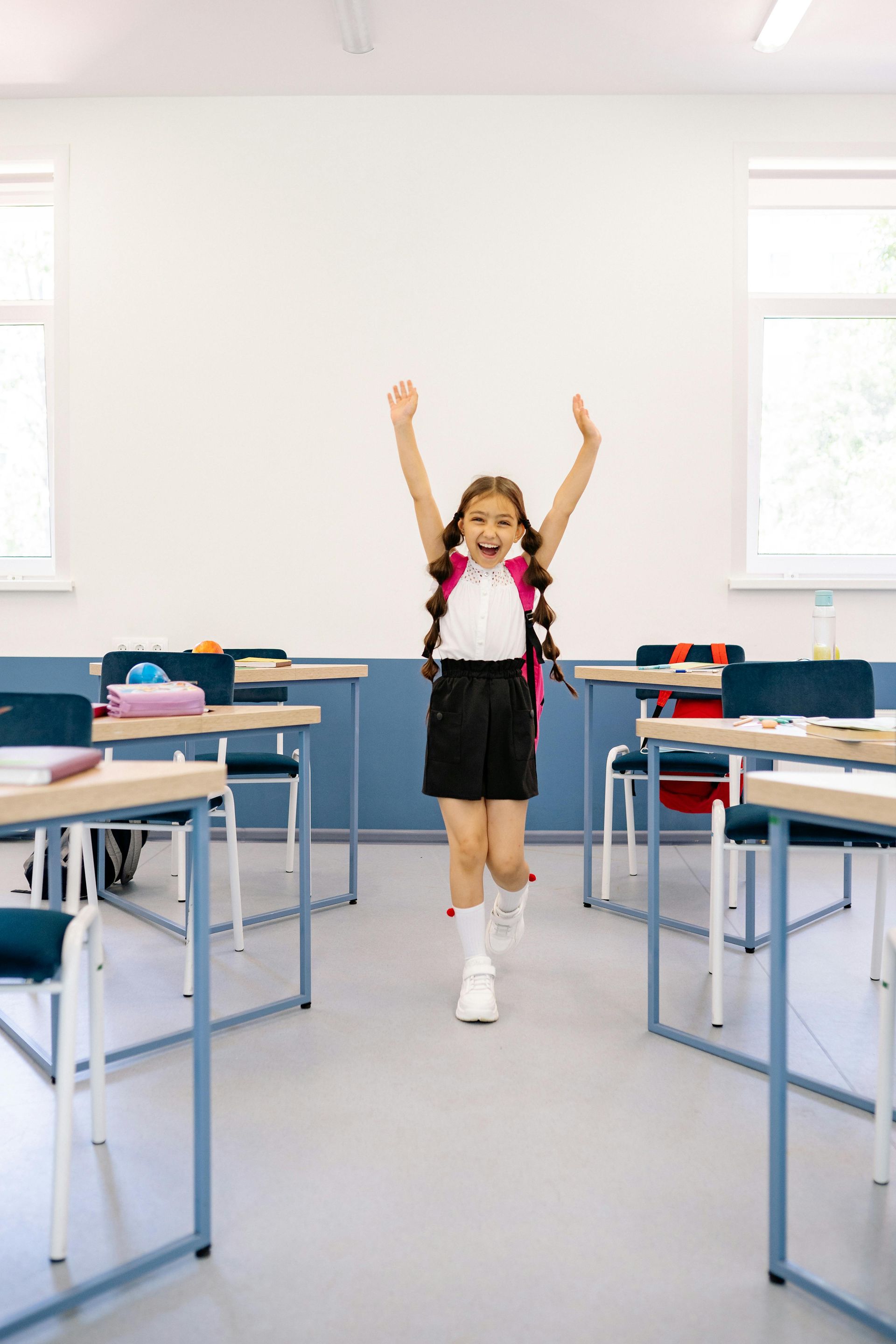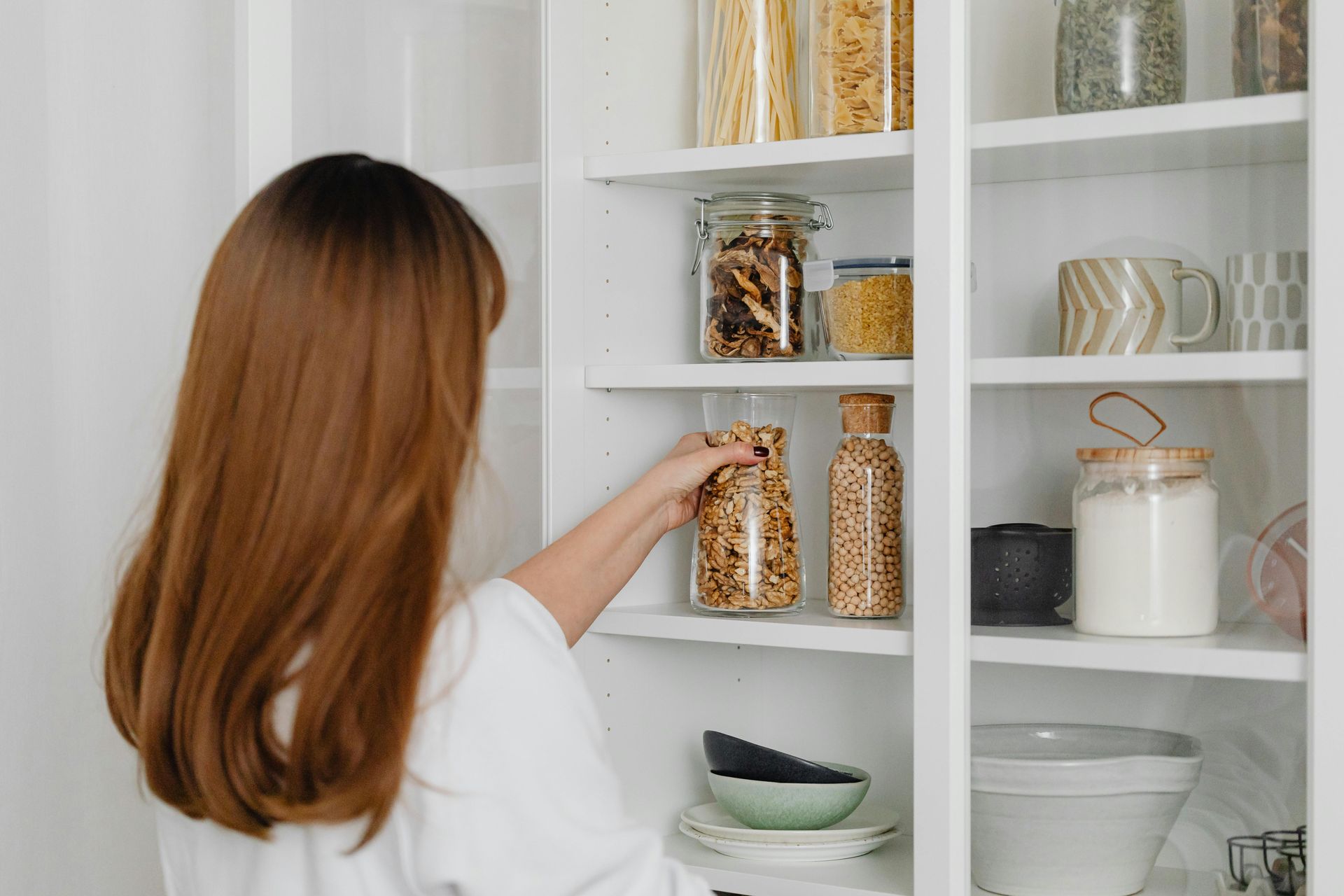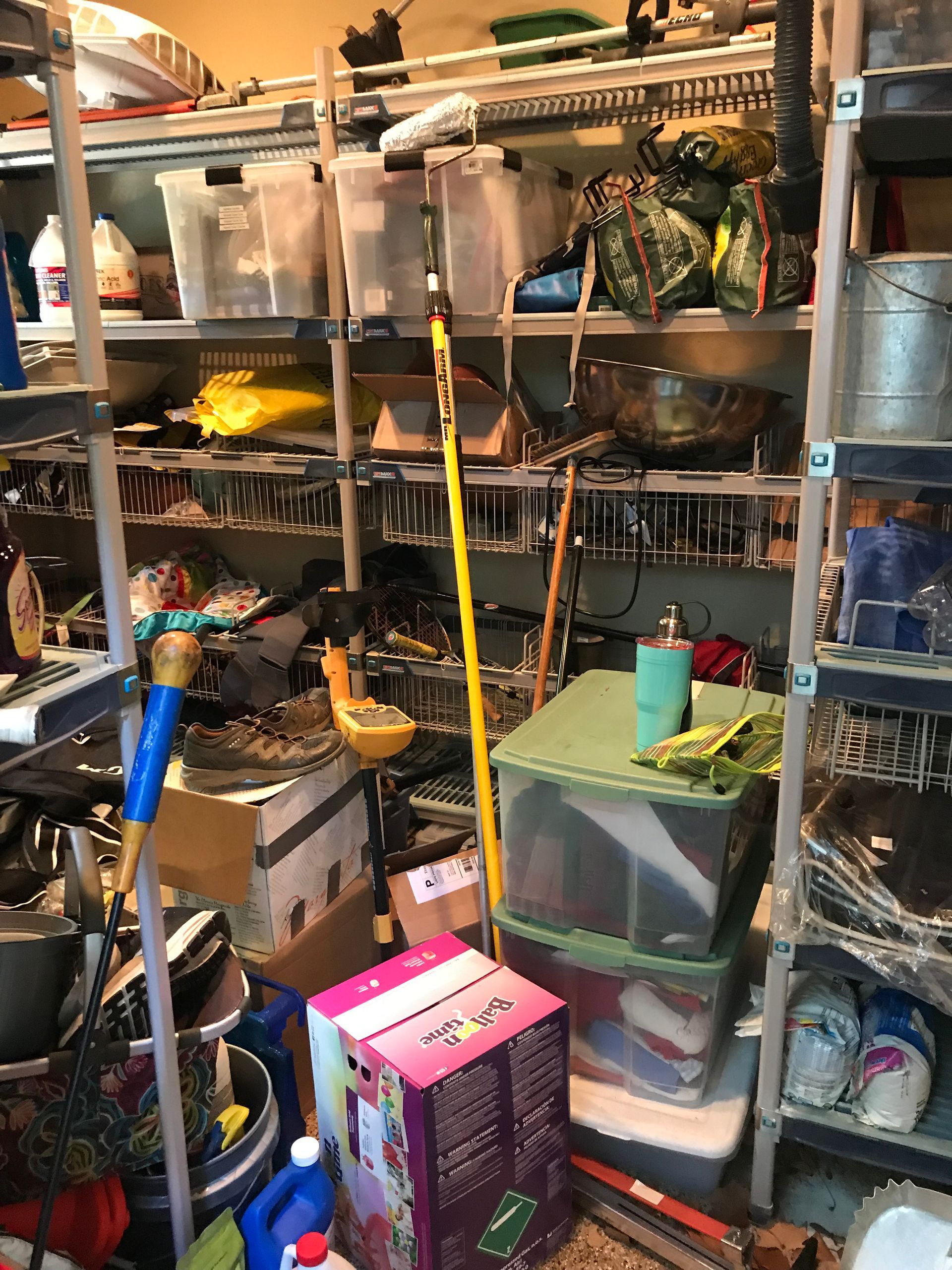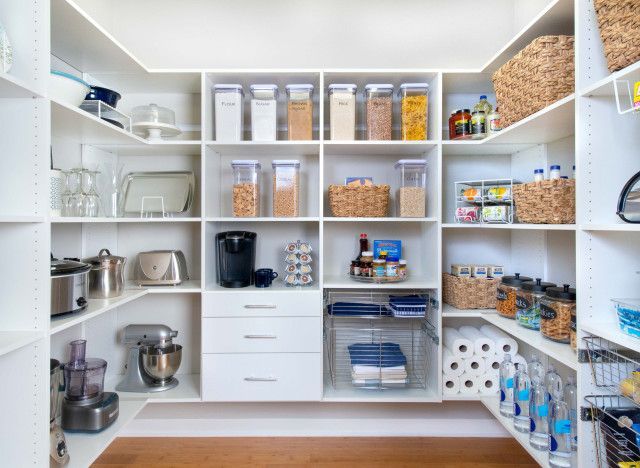Struggling to keep your home organized with ADHD?
These 15 ADHD-friendly organization tips will help you declutter, create simple systems, and reduce daily stress.
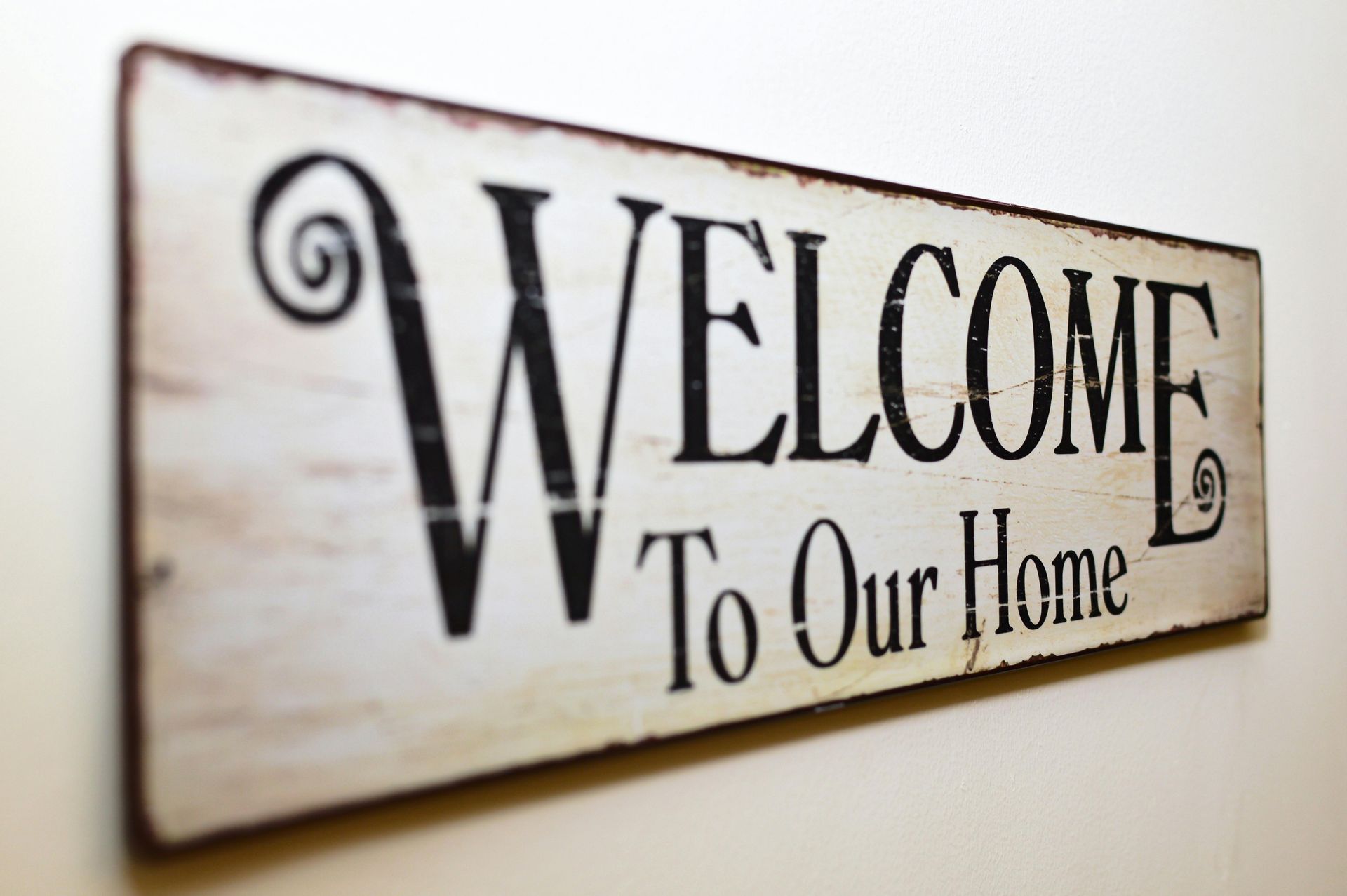
Living with ADHD (Attention Deficit Hyperactivity Disorder) can make organizing your home feel overwhelming. ADHD affects how the brain manages focus, planning, and follow-through, which means that everyday chores—like putting away laundry or clearing off counters—can quickly spiral into frustration.
You might start cleaning the kitchen, get distracted by something in the living room, and end up three hours later surrounded by half-finished piles of stuff. Sound familiar?
Here’s the good news: you’re not lazy or bad at organizing—your brain just works differently. With the right strategies, you can create a home that feels calm, functional, and easy to maintain. The key is to work with your brain, not against it, by using simple, visual, and forgiving systems. At The Spruce Goose Organizers, we’ve spent years helping clients with ADHD do exactly that—building customized solutions that make daily life easier. Our goal isn’t perfection; it’s progress and peace of mind, with systems that work for you.
Before we dive into the tips, here’s a quick breakdown of ADHD and why it matters when it comes to organization.
What Is ADHD?
ADHD is a neurodevelopmental condition that affects focus, self-control, and time management. It comes in three subtypes:
- Predominantly Inattentive Type
- Difficulty staying focused
- Forgetfulness and disorganization
- Often what people used to call “ADD”
- Predominantly Hyperactive-Impulsive Type
- Fidgeting, restlessness, impulsive decisions
- Difficulty sitting still
- Combined Type
- A mix of inattentive and hyperactive-impulsive symptoms
Why It Matters for Organizing
ADHD brains crave
visual reminders and simple, straightforward systems. Clutter can quickly become overwhelming, and complicated organizing methods usually don’t last. At
The Spruce Goose Organizers, we see this every day with our clients—and we design solutions that are easy to maintain, visually clear, and tailored to how each person’s brain works.
Our goal isn’t just to make a space look beautiful for the moment, but to create sustainable systems that actually stick. That’s why the following tips focus on ease, visibility, and real-life usability—the same principles we put into practice in every home we organize.
15 ADHD-Friendly Tips to Organize Your Home
1. Start Small—Like Really Small
Trying to organize a whole room at once can lead to frustration and burnout.
- Pick
one small area, like a drawer, shelf, or corner.
- Set a
10–15 minute timer to keep the project short and focused.
- Small wins build momentum and prevent overwhelm.
2. Use Visible Storage
When things are hidden, they often get forgotten.
- Use
clear bins, open baskets, or shallow shelves so you can see what’s inside.
- Label everything, even clear containers, to make it extra obvious.
- Avoid deep storage spaces where items tend to disappear forever.
3. Color-Code for Clarity
Color is a powerful visual cue that makes organization ADHD-friendly.
- Assign
specific colors to categories:
- Blue for cleaning supplies
- Green for craft items
- Yellow for school papers
- It’s both functional and visually appealing.
4. Create Drop Zones for Everyday Items
Losing your keys or wallet? ADHD brains thrive on designated landing spots.
- Place a tray or basket near the front door for essentials like keys, phones, and sunglasses.
- Keep chargers, mail, and other everyday items in consistent locations.
- The rule:
One spot, every time.
5. Simplify Your Systems
Complicated systems don’t work long-term.
- Instead of 10 separate file folders, use
one “To File” bin and sort it weekly.
- Minimize the number of steps it takes to put something away.
- The simpler the process, the more likely you’ll stick with it.
6. Declutter Ruthlessly
The fewer items you own, the easier it is to stay organized.
- If you don’t
use it, love it, or need it, let it go.
- Use the
“one in, one out” rule: for every new item you bring home, get rid of one old item.
- Start with duplicates—like scissors, mugs, or spatulas.
7. Use Staging Baskets
Walking back and forth between rooms is a focus-killer.
- Keep a
basket near the door or stairs for items that belong elsewhere.
- Move everything at once instead of making distracting trips.
8. Reduce Decision Fatigue
Make storage brain-friendly by grouping similar items together.
- All batteries in one place.
- All scissors in one drawer.
- All cleaning supplies in one cabinet.
This cuts down on choices and makes cleanup easier.
9. Follow the Two-Minute Rule
If a task will take less than two minutes, do it right away.
- Toss junk mail.
- Hang up your coat.
- Put dishes in the dishwasher.
These small habits keep clutter from piling up.
10. Avoid the “Out of Sight, Out of Mind” Trap
When items are completely hidden, they often get forgotten.
- Use
clear bins or open shelving for important things.
- Keep frequently used items visible but tidy.
11. Use Visual Reminders
ADHD brains respond well to visual cues.
- Sticky notes for reminders.
- Whiteboards for weekly schedules.
- Checklists in high-traffic areas like the bathroom mirror or fridge.
12. Build Quick Reset Routines
Daily resets keep clutter under control without overwhelming you.
- Spend
five minutes at night putting things back in their “homes.”
- A quick morning tidy-up sets the tone for the day.
- Consistency beats marathon cleaning sessions.
13. Focus on One Space at a Time
Multi-room projects almost always lead to distraction.
- If you’re working in the pantry,
stay in the pantry.
- Place out-of-place items in a “later basket” instead of wandering off mid-task.
14. Create a “Clutter Permission Zone”
Perfection isn’t realistic—and that’s okay.
- Designate
one drawer, box, or basket as a temporary holding space for random items.
- Keeps the rest of your home feeling neat while giving you breathing room.
- Empty it weekly or monthly.
15. Use Timers and Music
Make organizing feel less like a chore.
- Set a
15-minute timer or play a fun playlist.
- Stop when the timer or music ends.
- This helps prevent overwhelm and keeps you motivated.
Final Thoughts
Organizing your home with ADHD isn’t about creating a perfectly neat, Pinterest-worthy space. It’s about building systems that work for your unique brain.
By starting small, using visual cues, and keeping things simple, you’ll create a home that supports you instead of stressing you out.
Remember: progress, not perfection. Even five minutes of organizing today is a step toward a calmer, more functional home tomorrow.
If we can help get you started, help you finish up, or you just want some support, give The Spruce Goose Organizers a call or text at 210-972-5111.
